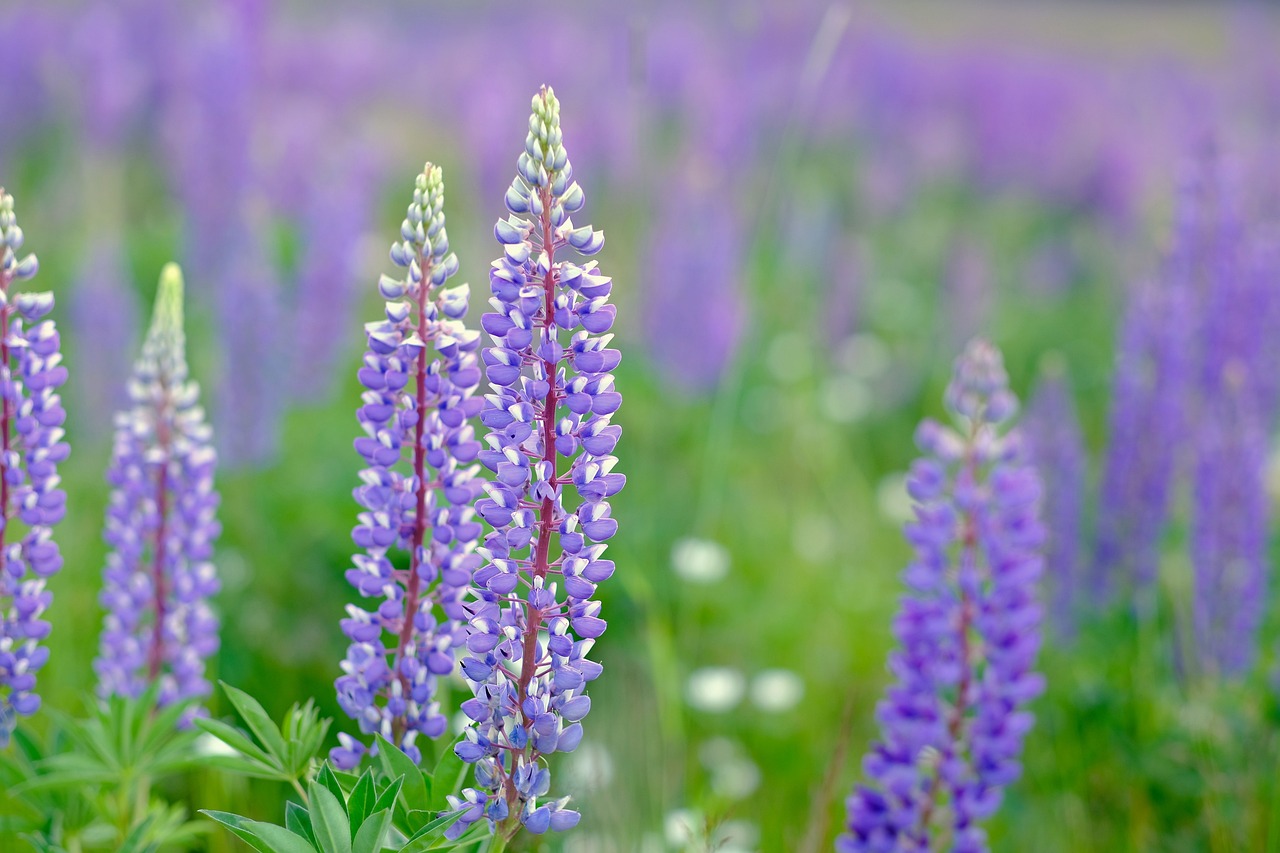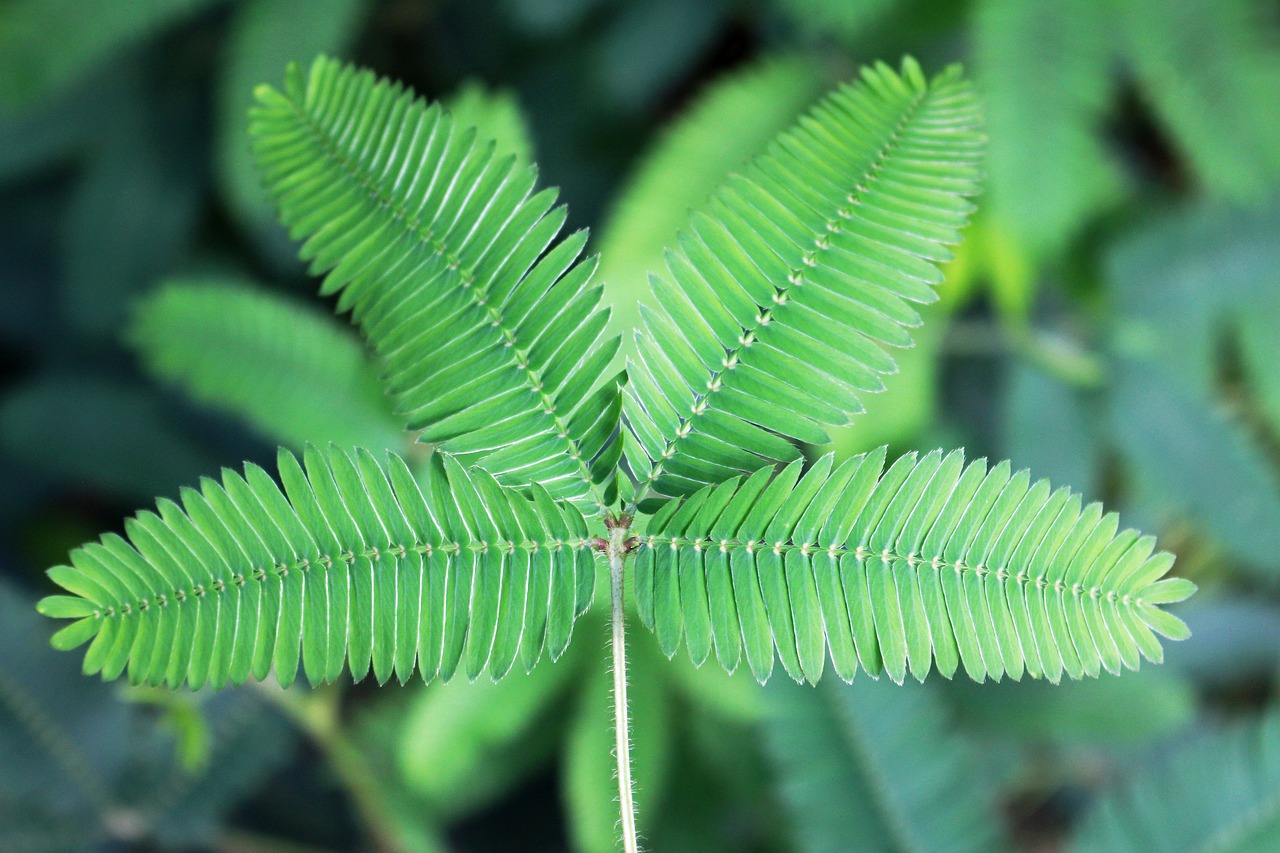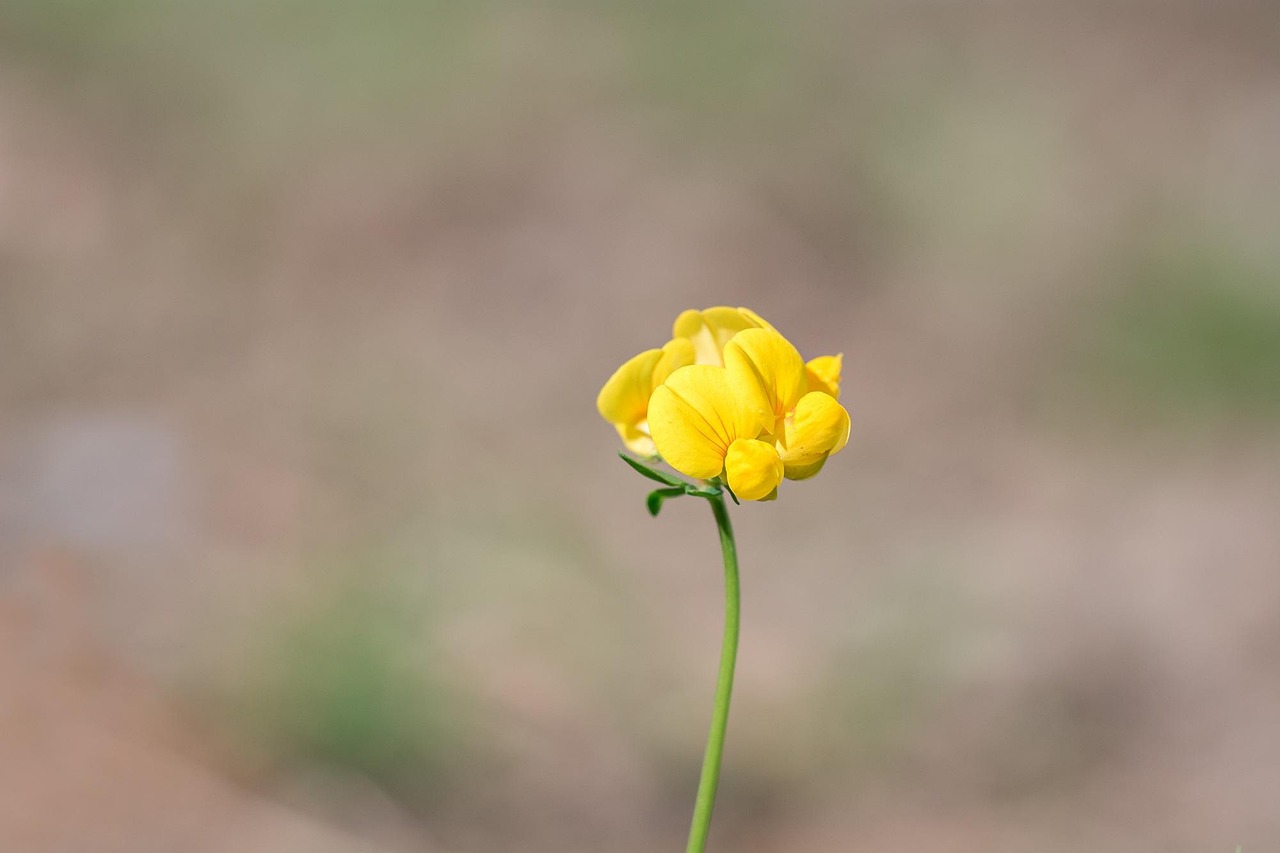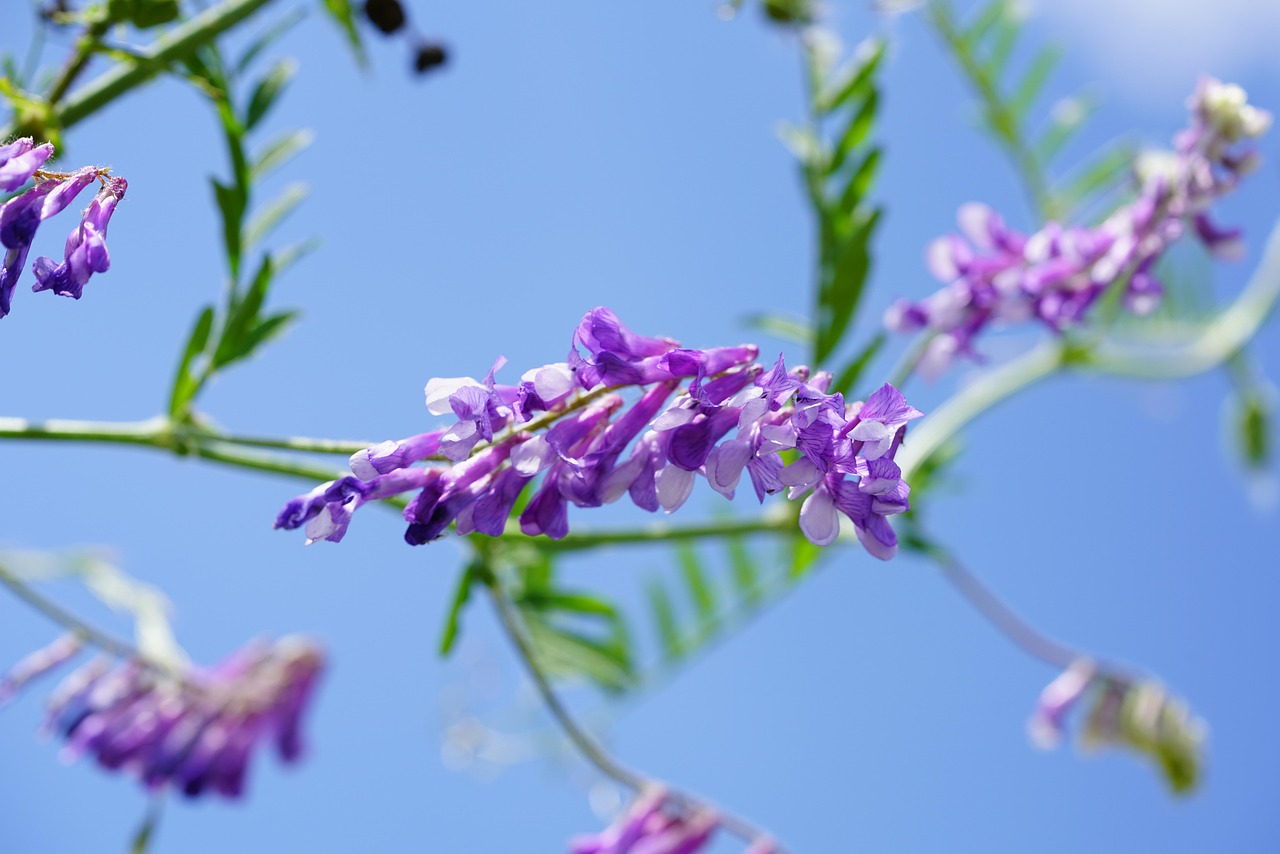Laburnum | The Noble Tree of Golden Rain
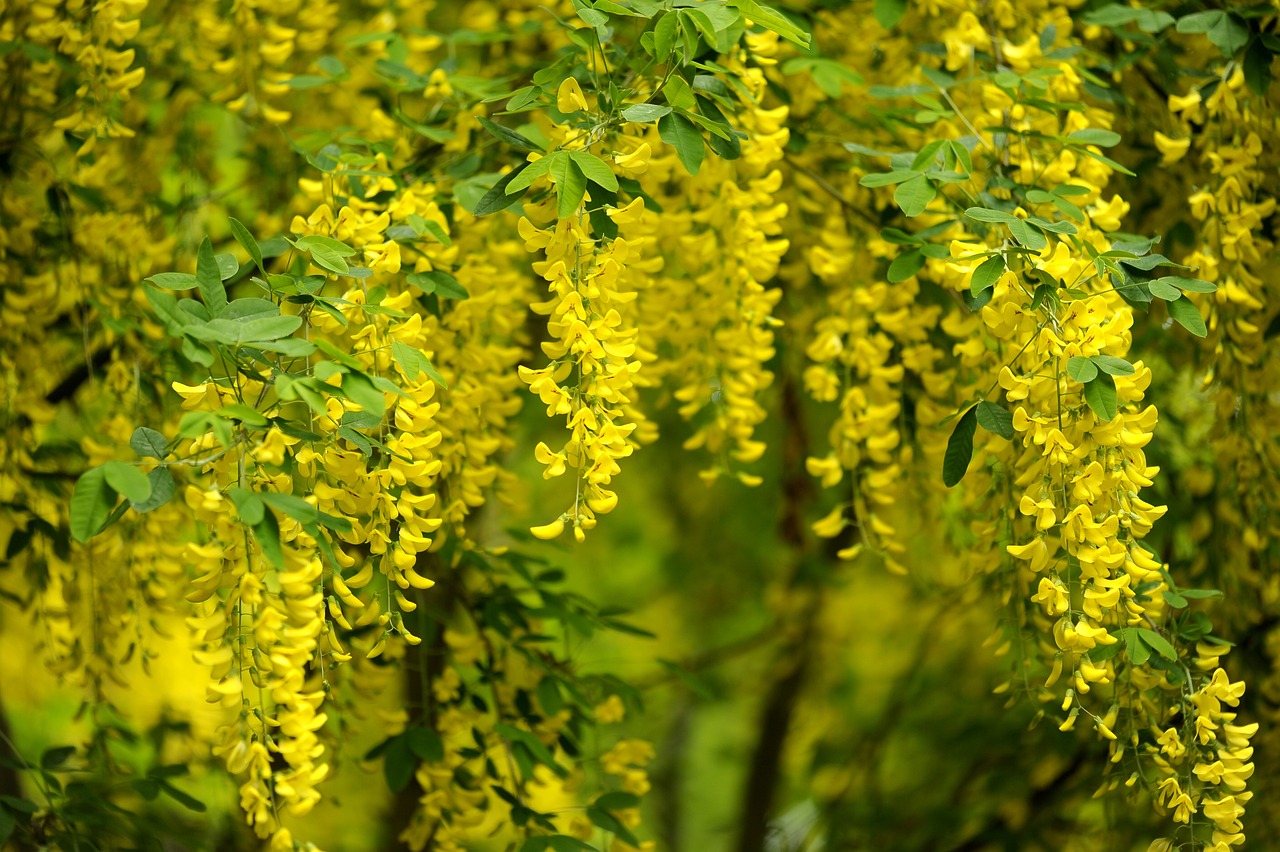
The Laburnum, with its long clusters of vivid yellow blossoms gracefully hanging down, is a magnificent tree, also known as the “Golden Chain.”
It is especially popular across Europe, where it brightens gardens and parks with its striking beauty.
In this article, I will introduce the essential information about Laburnum, explore its cultural background and historical anecdotes, and provide practical tips for cultivation.
Basic Information
- Scientific name: Laburnum anagyroides
- Family: Fabaceae
- Origin: Southern Europe
- Appearance: Laburnum is a deciduous tree that grows to a height of 3–7 meters. Its most remarkable feature is the cascading clusters of golden-yellow flowers that bloom in early summer. The leaves are trifoliate and bright green. The densely packed blossoms sway elegantly in the wind, creating a breathtaking sight.
- Flowering season: May to June, when it reaches its peak beauty.
Cultural Significance Around the World

Laburnum is widely cherished as a garden tree in Europe.
In the United Kingdom, avenues lined with Laburnum trees have become famous tourist attractions, drawing countless visitors each year to admire the enchanting scenery.
In Scotland, Laburnum is affectionately regarded in some regions as the “Golden Tree of Scotland” and plays an important role in decorating gardens and parks.
In recent years, it has also been adopted in urban greening projects, enhancing cityscapes with its vibrant flowers. The golden cascades in early summer are particularly valued as a source of brightness and joy in urban areas.
Historical Anecdotes
Laburnum has been cultivated in European gardens for centuries.
It was introduced to England around the 16th century, where it became a prized ornamental tree in noble gardens. Its beauty was often depicted in poetry and painting, and during the Victorian era, it was beloved as a symbol of refined gardens.
The blossoms have long been described as “Golden Rain” and have been seen as a symbol of prosperity and abundance. The gracefully drooping flowers were sometimes portrayed in European tales as symbols of hope.
By the 18th century, horticulturists had developed many varieties, and Laburnum firmly established itself as part of Europe’s garden culture.
Gardening Advice

Laburnum is relatively easy to grow, though certain points require attention.
It thrives best in sunny locations, where it produces its most beautiful blossoms. While hardy and resistant to cold climates, it is better to avoid excessively humid conditions.
It prefers well-drained soil. Mixing in leaf mold when planting helps improve drainage. Water generously after planting, but once established, the tree tolerates dryness well, so avoid overwatering.
Pruning is best done after flowering, which helps ensure healthy growth for the following year.
Since the tree is vulnerable to strong winds, it is advisable to provide support in exposed areas.
Conclusion
Laburnum is a magnificent tree that transforms early summer landscapes with its radiant golden blossoms. Loved in Europe for centuries, it has long fascinated people as a garden symbol.
With proper care in a well-ventilated environment, it is relatively easy to cultivate and will reward you with breathtaking flowers year after year.
I encourage you to add Laburnum to your garden or park and enjoy the beauty of its golden rain.

